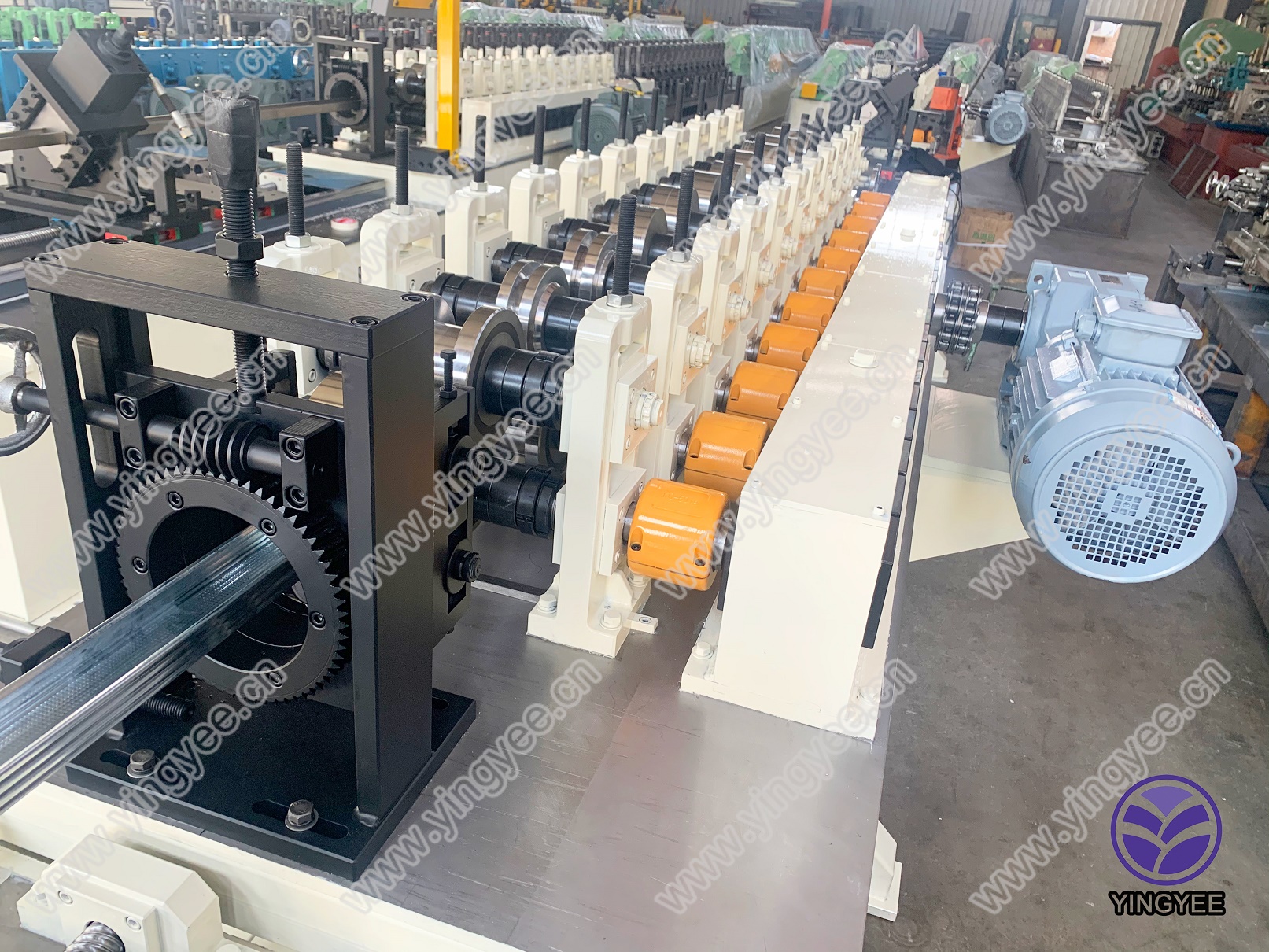
Stud and Track Keel Roll Forming A Comprehensive Overview
The construction industry is constantly evolving, driven by the need for efficiency, reliability, and sustainability. One of the innovative methods that has gained traction is the stud and track keel roll forming process. This advanced manufacturing technique plays a crucial role in the prefabrication of building components, particularly in light-gauge steel construction.
Stud and track systems are integral to the framework of modern buildings, providing structural support and stability. The stud serves as the vertical element, while the track functions as a horizontal connector, anchoring the studs and ensuring alignment. The roll forming process involves continuously shaping a flat strip of metal into the desired profile, allowing for the mass production of uniform components with precise dimensions.
The key advantage of roll forming is its efficiency. Traditional methods of fabricating studs and tracks often involve cutting and welding, which can be labor-intensive and time-consuming. In contrast, roll forming enables manufacturers to produce high volumes of components with minimal waste. The process typically begins with a flat coil of metal, which is fed into a series of rollers that gradually bend and shape the material into the final profile. This streamlined operation not only saves time but also reduces the material cost associated with scrap.

Another benefit of stud and track keel roll forming is the superior quality of the final products. The precision of the roll forming process ensures that each component meets stringent specifications, contributing to the overall integrity of the building structure. Additionally, components produced through roll forming tend to have enhanced durability, often outperforming those made through conventional methods. The uniformity of dimensions allows for easier assembly on-site, further reducing labor costs and construction time.
In terms of versatility, this manufacturing technique accommodates various materials, including galvanized steel, stainless steel, and aluminum. This adaptability opens up a world of possibilities for architects and engineers who aim to design innovative structures without compromising on strength or aesthetics.
Moreover, as sustainability becomes an increasing priority in the construction industry, roll forming stands out due to its ability to maximize material efficiency and minimize waste. The recyclability of metals used in the stud and track systems aligns with green building practices, appealing to environmentally conscious stakeholders.
In conclusion, stud and track keel roll forming is a pivotal technique that enhances the efficiency, quality, and sustainability of building constructions. As this method continues to gain prominence, it will undoubtedly play a significant role in shaping the future of the construction industry, revolutionizing how structures are designed and built. Embracing this technology not only benefits manufacturers and builders but also contributes to overall project success and sustainability in the built environment.